Introduction
Most of you would already be familiar with the ThieAudio brand: Linsoul’s entry into the headphone and IEM game starting with the Phantom planar headphone, and then branching out into the Legacy and Voyager series of IEMs.
In case you aren’t aware, I’ve actually reviewed the whole ThieAudio IEM lineup prior to their newest releases, the links for which are listed below:
It’s no secret that I’m not the biggest fan of the ThieAudio lineup, at least relative to the hype that it has received elsewhere. Per usual, I don’t think they are bad IEMs but I didn’t find them particularly competitive and/or compelling, so in terms of my opinion they’re relegated to “eh, they’re okay” status in my books.
Now, ThieAudio is dabbling into the tribrid (hybrids using three separate types of drivers in their setup) market with the $700 Clairvoyance and the $730 Monarch. Can ThieAudio break its streak and finally turn me into a fan?
ThieAudio Clairvoyance
Product page: https://www.linsoul.com/products/thieaudio-clairvoyance
MSRP: $700
Driver configuration: 2EST + 5BA + 1DD hybrid
This Clairvoyance was kindly provided by Linsoul.
Signature & Tonality
Not sure how to read graphs? Click here
The Clairvoyance’s signature can be simply described as “neutral with a bass boost”, given that it doesn’t quite have a treble emphasis to be considered a V-shape.
Now of course, IEMs with a neutral/bass-boosted signature are a dime a dozen these days, but what differentiates the Clairvoyance is how well it executes this kind of flavour. The upper midrange, while teetering on the edge of being too forward for my tastes, eases out nicely into the higher frequencies and avoids coming off as shouty or intense. Much like an Etymotic, but IMO to a better, more pleasant degree due to its comparatively more subdued and controlled nature.
The upper midrange to lower midrange contrast is more or less spot on, with notes being neither thick or thin. It straddles the balance nicely and results in a note weight that’s basically neutral, not exactly being great at any particular range of instruments but as a consequence, being one of the best-tuned all-rounders in the market today.
Treble avoids any nasty peaks or wonky dips, and is overall smooth and well-extended. I would personally like some extra shimmer up in the top end to round everything off, but it’s probably a very specific nitpick that may likely result in an overly-bright response for another. As it is, the Clairvoyance’s treble can be considered as “safe”, given that I doubt anyone would find it offensive.
And that’s not even mentioning the bass, which is arguably the second-best aspect of the Clairvoyance’s tuning, only behind its overall tonal balance. Of course given its big dynamic driver woofer, the basslines have ample texturing with not a hint of the typical “fartiness” commonly associated with boosted bass presented by BA woofers. Restricting the emphasis down to below-200Hz does wonders for minimising its influence on the tonality of melodic instruments, and so the Clairvoyance remains free of any sort of bloat or bleed.
Now one could nitpick on the Clairvoyance’s tuning and find more little niggles here and there, and while I personally believe that something like the Hidition Viento (while having a similar tuning in the midrange) is better executed overall… in the grand scheme of things, there’s really nothing you can truly fault the Clairvoyance on. Perhaps you could argue that it is “too safe”, but that’s only a testament to how well it was tuned if your only major criticism of it is that too many people wouldn’t hate it.
Tone Grade: S
For more information on the new grading system, click here
Technicalities
Overall in terms of technical performance, the Clairvoyance is solid though below the expectations set by its stellar tuning. So in this section, I’ll explain why it isn’t the best rather than waxing poetic about the things it’s good at.
For starters, the Clairvoyance isn’t the most resolving IEM out there (in the truest sense of the sentence, in that it’s literally not the best) given its somewhat blunted attack, at least relative to the IEMs that I’d deem as fast and/or highly-defined. The edges around each note are a little rounded off, not exactly “fuzzy” but not quite as sharp as I’d like it to be.
The problem extends into the bass, where the Clairvoyance struggles a little with mid-bass punchiness and impact. Percussive hits can be a little soft in the leading edges and results in a bit of smear and overlap in faster passages. Sub-bass isn’t problematic given that most sub-50Hz tones are sustained rather than percussive, and in that regard the Clairvoyance’s dynamic driver (and also the 4 BA woofers) are able to reproduce them with proper texturing and downward extension.
The treble is also where the stereotypical characteristics of “EST treble” kick in, taking on a wispy, almost powerless quality though nowhere as bad as the worst offenders. It does make for a more smooth and non-fatiguing experience that would be pleasant for many, excluding the diehard treble speed-freaks (that I’m unfortunately a part of). But it’s well-extended treble at the very least, so not a complete wash in this aspect.
Imaging-wise, the Clairvoyance has decent to good soundstage width/size and is more than acceptable for most live recordings. Where it stumbles is in instrumental positioning where it’s only merely average; depending on the quantity of instruments played, some overlap and smearing can occur and create a little bit of congestion.
A reminder again that this is all relative to the IEMs that I’d consider the best-of-the-best in terms of technicalities, so while I may come off as harsh as pedantic it’s only due to the extremely high standards I’ve set for it. In a vacuum absent of any comparison, the Clairvoyance should be more than adequate even for the discerning ear.
Technical Grade: A+
For more information on the new grading system, click here
Valuation
At $700, the Clairvoyance presents a value proposition that’s only rivalled by the Moondrop S8 and the Blessing 2. By virtue of these comparisons, its valuation is pretty straightforward.
Value Rating: ★★
“Redefines the price bracket”
For more information on the new grading system, click here
ThieAudio Monarch
Product page: https://www.linsoul.com/products/thieaudio-monarch
MSRP: $730
Driver configuration: 2EST + 6BA + 1DD hybrid
This Monarch was kindly provided by Linsoul.
Signature & Tonality
Not sure how to read graphs? Click here
The Monarch’s signature can also be described as “neutral with a bass boost”, though with a more traditional approach to neutrality with a mild lower-midrange recession.
This slight variation in tuning results in a comparatively cleaner sound with a significant boost in clarity, though with some mild drawbacks. For one, while the Monarch is nowhere close to being shouty, it certainly has some thinness to the notes that doesn’t quite mesh well with sustained instruments. But while the midrange may not be as “musical” or “euphonic” as some would like, what the Monarch does do is present the tone of each instrument in a virtually flavourless fashion, whether for good or ill.
And it would’ve been a flavourless, lifeless monitor too, if not for its bass.
Now I know I’ve literally just gushed about how good the Clairvoyance’s bass is, but even then I find myself reaching for the Monarch more. The lower bass raise concentrates much of the power and authority into the lowest octaves and is subjectively more subtle than I expected it to be, despite the 10dB contrast between the lower midrange and bass. However, as a side effect it also reduces the warmth of many bass and baritone instruments, making them sound more sterile that I would’ve liked.
But for the kind of signature that the Monarch aims for… it is in the ballpark of “the ideal”. Sure there are nitpicks that I would absolutely dock minor points for, but for the most part if you’re looking for a neutral “reference-style” sound with extra rumbling capabilities of the dynamic-driver variety, you’d be hard pressed to find anything that can do it as well as the Monarch.
Tone Grade: S-
For more information on the new grading system, click here
Technicalities
Now a clean tuning wouldn’t necessarily translate to a clean listening experience if the technicalities are sloppy. Fortunately in terms of the intangibles, the Monarch has them in spades.
Hits are sharp, precise and highly defined, devoid of any sensation of “bluntedness”. I don’t detect any of the aforementioned wispiness/fuzziness in the treble despite sporting the same EST drivers, which is a nice surprise. Every note is clearly distinguished and separated from the next and so the overall presentation is simply… clean.
Now obviously while this is undoubtedly a good thing from a performance-oriented standpoint, I do have to make the disclaimer that such definition in combination with the relatively flat tuning can actually make the Monarch sound more sterile than it needs to be. One of those IEMs where a tube-y/ultra-warm source might help in cutting through the dryness with a little bit of added colouration, at least for my tastes.
Imaging is excellent on the Monarch, which is high praise from me considering my opinion that majority of IEMs exist in the limbo of mediocrity. Soundstage width and size is above average, though the biggest selling point of the Monarch’s technical capability is arguably its positional accuracy; every instrument has its own well-defined spot in a well-mastered mix, clearly separated from one another and easily distinguishable. I wouldn’t go as far as to call it speaker-like (or even open-backed-headphone-like for that matter), but at least within the realm of IEM-fi… it certainly isn’t lacking.
Technical Grade: S
For more information on the new grading system, click here
Valuation
With technicalities to compete with established TOTLs and a tonal profile that’s more or less spot on, the Monarch essentially competes in the “money no object” category at a sub-kilobuck price.
What else is there to say?
Value Rating: ★★
“Redefines the price bracket”
For more information on the new grading system, click here
Playing with Impedance
Comparison courtesy of the Graph Comparison Tool
(The Google keyword here is “3.5mm impedance adapter”.)
This is separate from the rankings since it’s technically a “modification”, though you could make the case that this could also be source-matching if you simply used a source with a ridiculously high output impedance.
Given the Monarch’s impedance response which is largely a downslope, putting a resistor in series to the amplifier output will result in the upper midrange dipping slightly, a small boost in the lower midrange and a comparatively larger boost in the sub-bass frequencies. An impedance in the ballpark of 20Ω is my personal ideal, fixing many of the sterility criticisms I had of the stock Monarch and is actually the setup that I daily outdoors. Definitely an interesting consideration if you find yourself wanting more bass and/or warmth.
(Unfortunately, the Clairvoyance doesn’t play quite as well with increasing impedances. But still, feel free to experiment.)
Monarch versus Clairvoyance
A “Hotel California” Analysis
Comparison courtesy of the Graph Comparison Tool
Because the two IEMs are more similar than different and essentially variations of a specific tuning, it makes more sense for me to use a reference song to talk about the minute differences as opposed to my usual style of speaking in more absolute terms. And of course the reference in this section shall be “The Audiophile’s National Anthem”, the one and only Hotel California from the Hell Freezes Over album, breaking down each of the instruments played in the track and comparing how each IEM performs.
| Instrument | Clairvoyance | Monarch |
Guitar | Richer and deeper tones | Cleaner and snappier plucks |
| Drums | More “grand” and impactful | More subtle and “atmospheric” |
| Vocals (Male) |
|
|
| Bass guitar | More balanced and deeper tonality | Relatively “limp” and lighter tone |
| Imaging |
|
|
And if I may indulge in some flavour text: one observation I’ve made is that both of these IEMs excel in their presentations of a bass-boosted signature. For many V-shaped/bassy IEMs out there, you could already tell that it was going to be bassy even before any kind of low frequency start playing. The instruments have a distinctly deeper, more coloured tone to their sound, an omen of the boom and doom to arrive the moment the basslines come in.
Hotel California begins with a singular strum (from a Takamine EF381SC, to be specific) followed by Don Felder’s beautiful fingerwork (on a different guitar, the TC132SC, which the sharper-eared of you may have already guessed based on the slightly different timbre). The ThieAudio twins, while slightly different in their presentations of these acoustic nylon strings, have one thing in common: they give nary a single hint of any bass boost in these purely melodic sections, sounding almost like another other neutral reference monitor. That is of course, until the bass drops.
Summary
The best summary I can give is this: the Clairvoyance is the more pleasant and tonally “safe” of the twins, while the Monarch is the cleaner, more technical brother. Now personally if I were to pick only one I would go for the Monarch (adding on an 20Ω resistor adapter to complete the package) but based on the people that I’ve loaned the twins to, it seems pretty much like a 50/50 split between the two.
The Monarch and the Clairvoyance are set to be the new market shakers in town. And with two similar-yet-distinctly-different flavour profiles for diversification, ThieAudio seems on track to be the new “default recommendations” for the sub-kilobuck price bracket that covers a big chunk of the audiophile base.
ThieAudio Monarch
Grade: S- ★★
ThieAudio Clairvoyance
Grade: A+ ★★
Awarded grades are in reference to the IEM ranking list
Support me on Patreon to get access to tentative ranks, the exclusive “Clubhouse” Discord server and/or access to the Premium Graph Comparison Tool! My usual thanks to all my current supporters and shoutouts to my big money boys:
“McMadface”
Man Ho
Will
Denis
Alexander

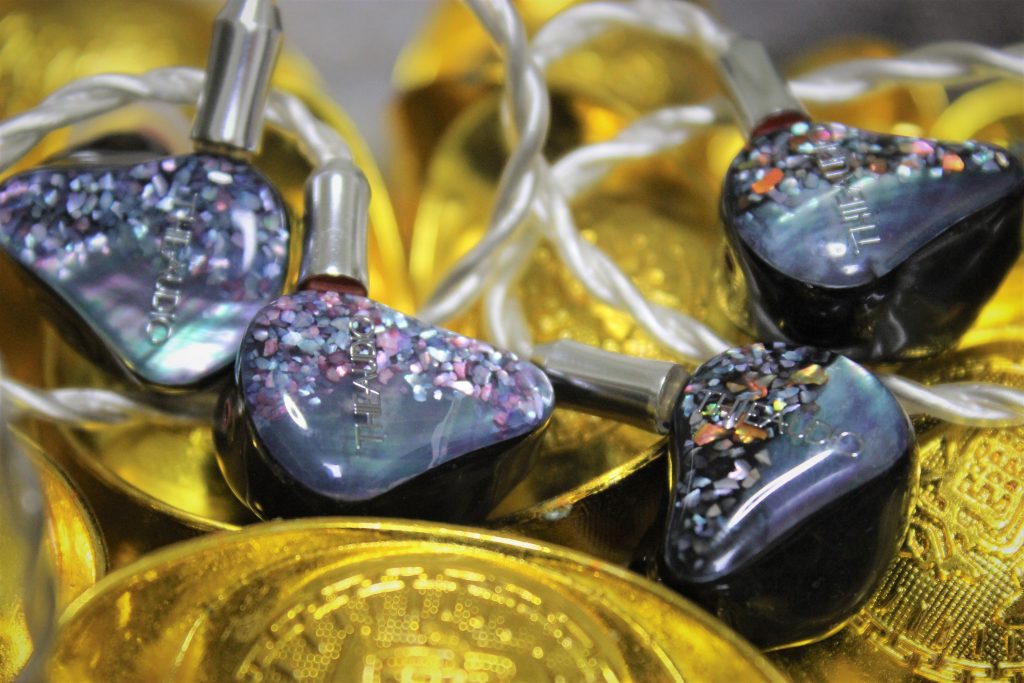
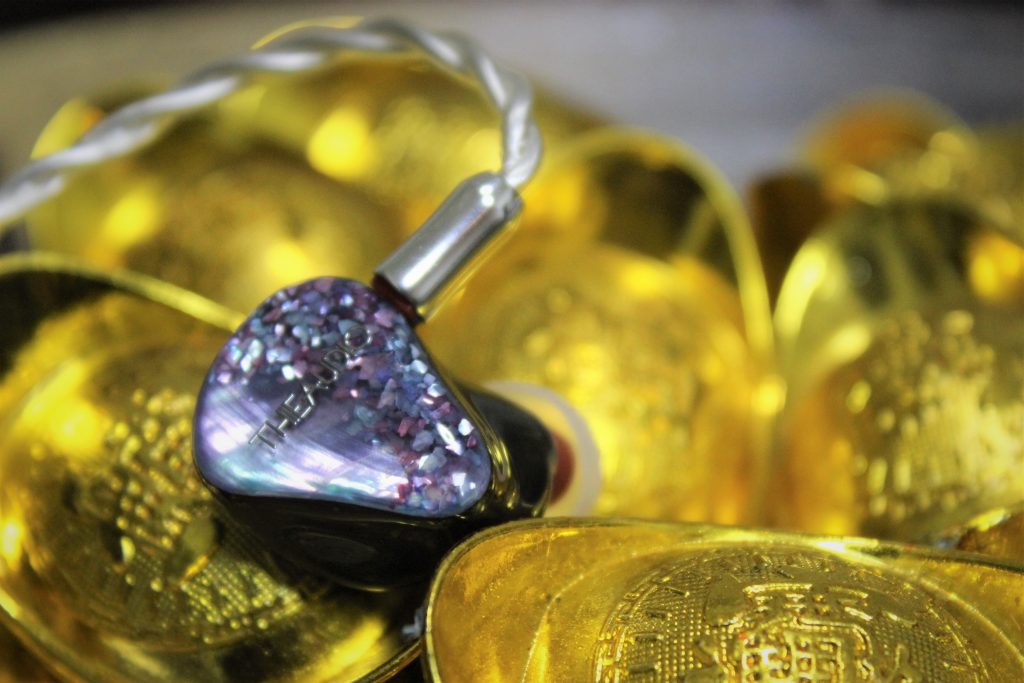
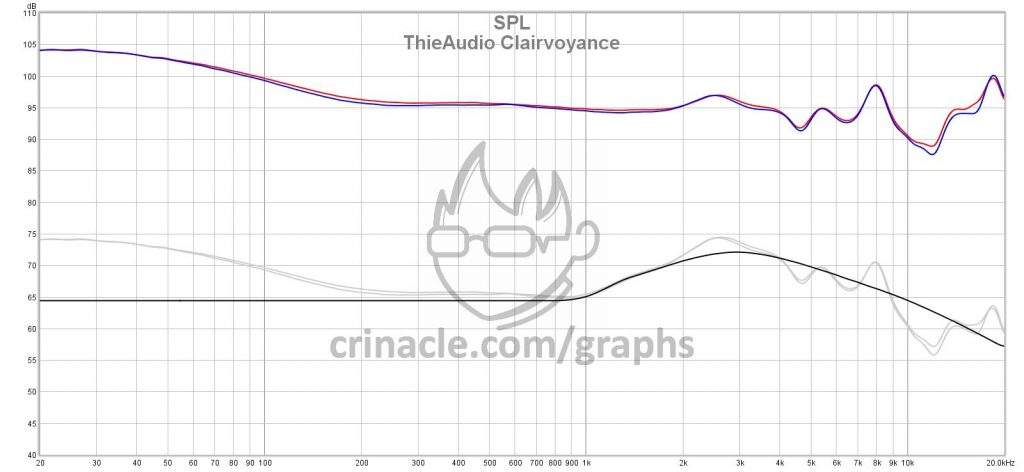
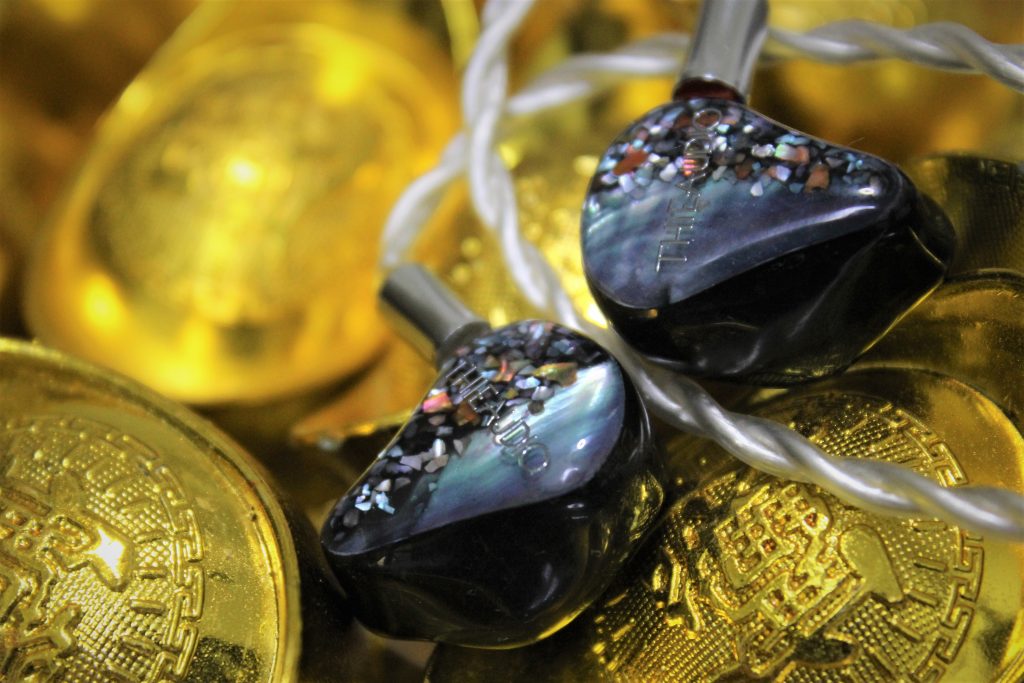
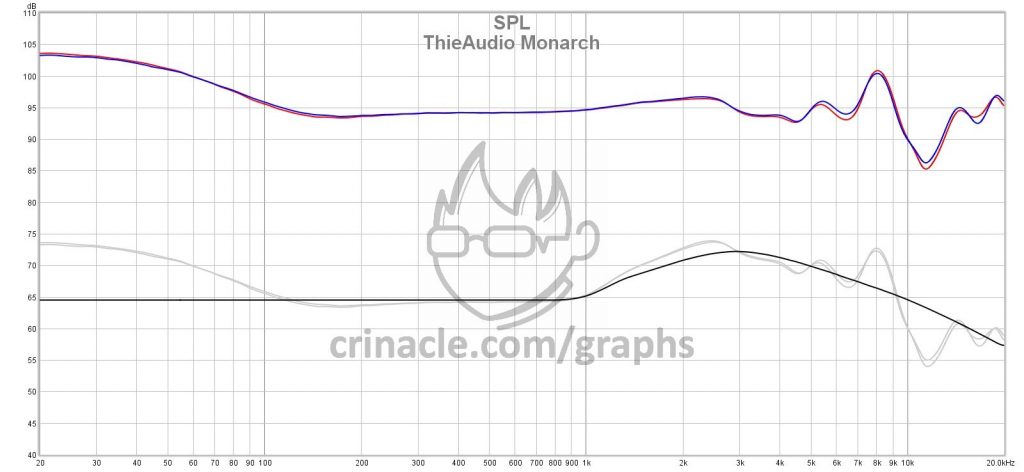

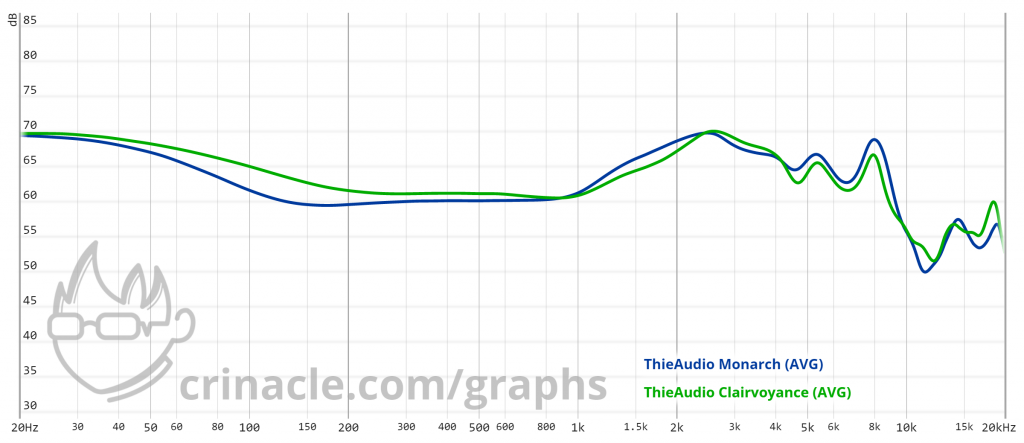

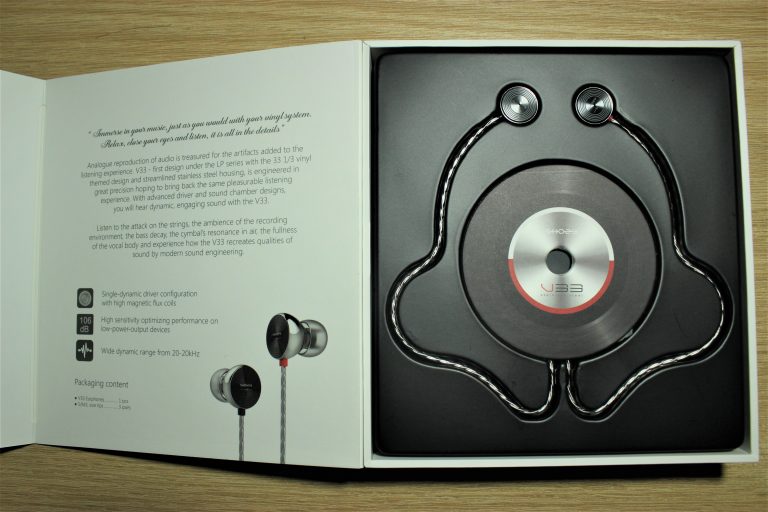

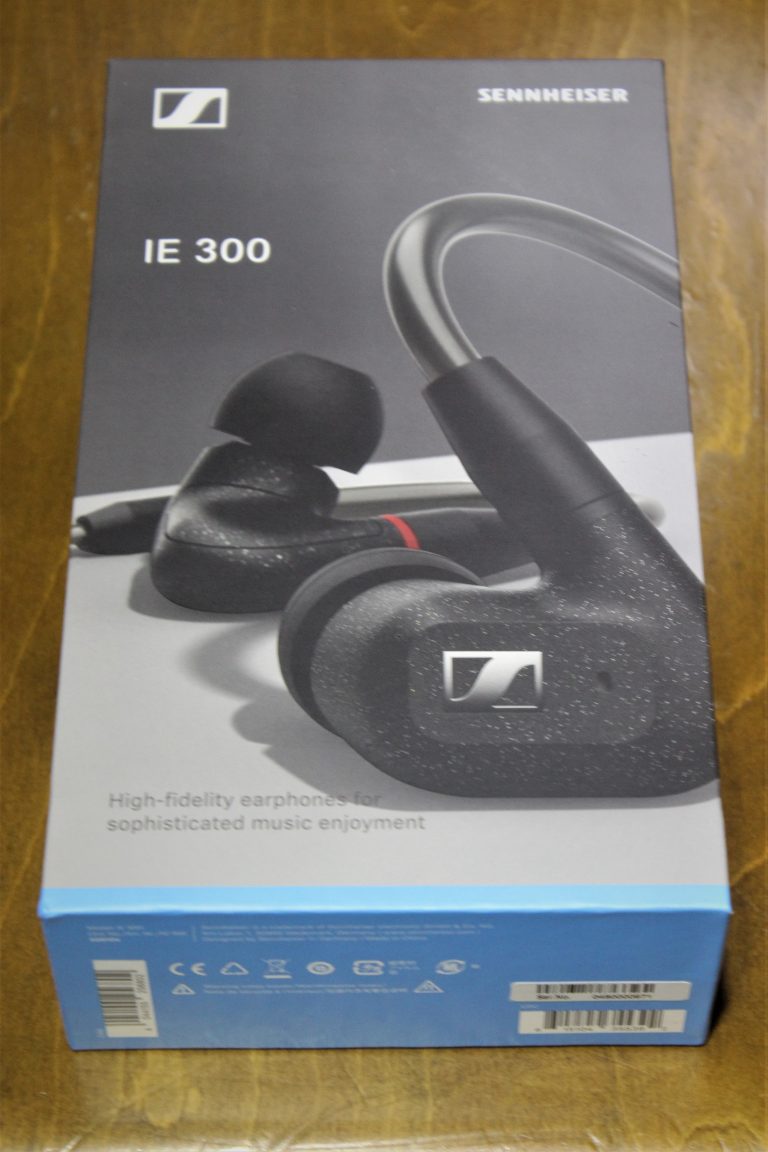
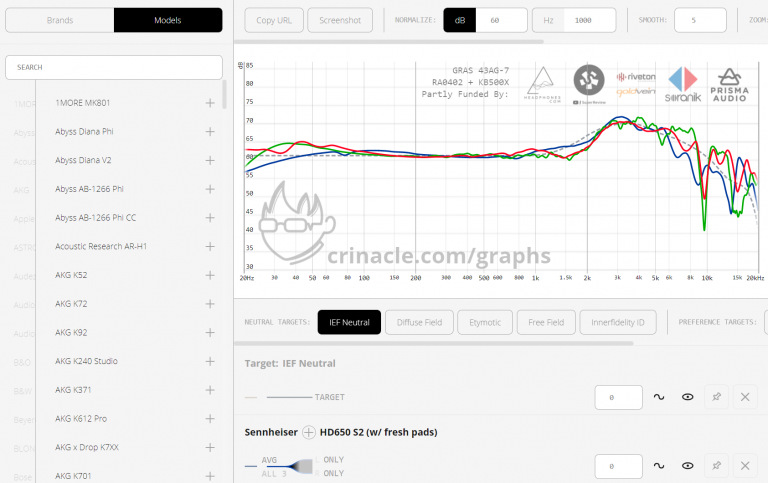
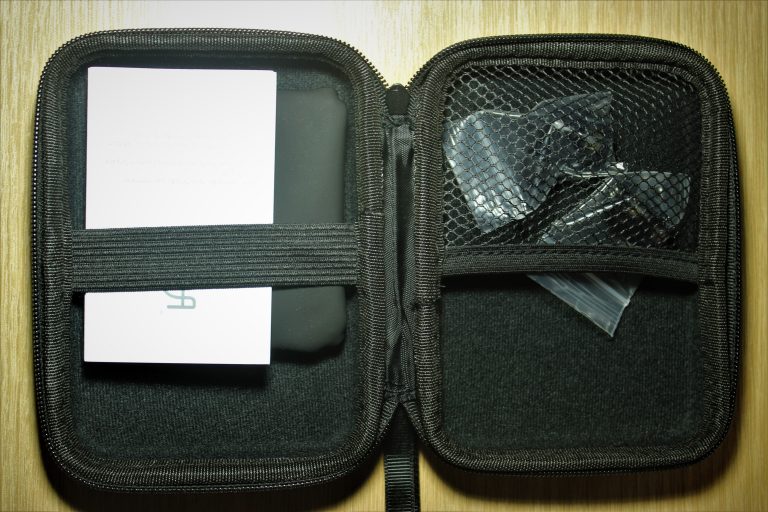



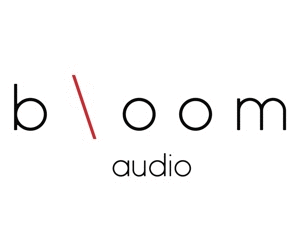
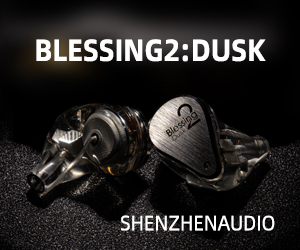
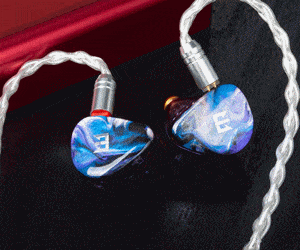

21 thoughts on “ThieAudio Monarch and Clairvoyance Review: Twin Wins”
Thanks so much for this review/comparison! I have owned the Moondrop S8 for awhile now as a result of your review and it has been my go-to IEM. The amazing yet smooth detail retrieval is amazing. The bass is the only thing that leaves me wanting more at times. The Clairvoyance and S8 seem to have quite similar graphs. Very briefly how would you compare the bass of these two tribrid units to the S8?
I’m wondering about the amplification used for this review. In my opinion Clairvoyance needs power to increase high and very high and to perform better in clarity, instrument localization. Also bass gain weight in percussion without resonance.
You do noted that Crin rated it A+ in technicalities, right? It was in a direct comparison with the Monarch and others top performers.
You sound like you are on cheering for your item instead of reading through the review. Please, stop being a moron.
Crinacle has plenty of sources you can look up his article called power where he talks about it.
Soooo … will the Monarch play in the same ballpark as the Anole VX? I was going to buy the VX but should I jsut save $1300? I should say, I have a Z1R and not really a big fan of such fuller sound. I prioritize technicalities more at this point and have no issues with BA-bass (read I like my Andromeda over the Z1R). Thanks for the great review!
By your description you should be happy with the Monarch. Pleanty o details, lean/neutral and VERY tactile DD sub bass.
Any suggestions for IEM’s that have a similar resolving ability to Monarch but a more fuller tonality like the Clairvoyance?
The Monarch MKII has a very similar tuning. It has a bit more lower midrange to bring heft to lower frequency instruments and vocals, similar to the Clairvoyance.
Thanks for the review. Waiting for the MEST.
Yeah I’m also curious about that. I know that I’m somewhere between BGGAR and Crinacle in terms of bass.
This review convinced me to get the Monarch, and I gotta say, I’m simultaneously impressed and kind of bored by it. It’s absolutely my favorite set of IEMs, but I guess with every other pair I’ve ever owned I had an acclimation period with them. Not with these. They’re spacious, detailed, tuning is perfect. Absolutely love the bass boost with neutrality through the rest of the spectrum. I took to these right away and I guess this is endgame for me!
For the Monarch, canni ask why is there a need of a 20 ohm adapter? What if the source is like 3 ohm on balanced?
Also, will an iematch work?
Thanks
Clairvoyance vs Monarch : Which one better match for Classical, symphony, big band jazz music ? I kinda prefer accurate imaging and wide stage.
I mean, he literally said that Monarch has a wider stage and more accurate imaging than the Clairvoyance, so that should pretty much answer your question.
Can you (or someone) send me a link for the 20Ω resistor adapter you used. I’m definitely going to try the Monarch.
https://penonaudio.com/3.5mm-impedance-adapter.html
https://www.aliexpress.com/item/32810903635.html
Hello Crin,
I am thinking about buying the Monarch based on your (and some other) review. But I only have 2 amps to play it (3 if you consider the apple dongle) – Qudelix 5K and JDS Element II. Do I need something better/different to fully enjoy the Monarch?
The Monarch has an impedance of 26 ohms and a sensitivity of 112db/mW. Using a total of 2 milliwatts of power, the Monarch needs only 0.23 volts RMS and 8.8 milliamps RMS to drive it to 115 db SPL (listening to that for more than 30 seconds WILL cause damage to your hearing.). A Galaxy S5, which should represent most cheap phones nowadays, delivers 0.592 volts RMS, which is more than enough power to get past the resistance of the Monarch. The Qudelix is a dedicated amplifier that is the size of the Galaxy S5, thus should deliver far more power to power your Monarch. The JDS element II is a much larger amp/dac combo, and delivers way much more power than is necessary, specifically 1.3 watts into an impedance of 32 ohms. The monarch, only uses 2 milliwatts. The Element 2 could potentially drive the Monarch to 143 db SPL, which is equivalent to a jet taking off. Not only that, listening to levels that loud could damage your hearing before you turn 20, and possibly damage the Monarch’s drivers. The apple dongle inputs 31 milliwatts of power into 32 ohms, which obviously exceeds the power requirement of the Monarch. The Apple dongle could potentially drive the Monarch to 125 db SPL, which again, will cause severe damage to your hearing and potentially damage the Monarch’s drivers. So no, you do not need any other amplifier, the amps you have right now provide way more than enough power to account for dynamics in your IEMs.
Crins a Trump Bitch! If he doesn’t like it, it sucks to him
You mad you bought the wrong IEM?
I guess, that was just a random psykotrollolol 🙂